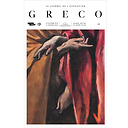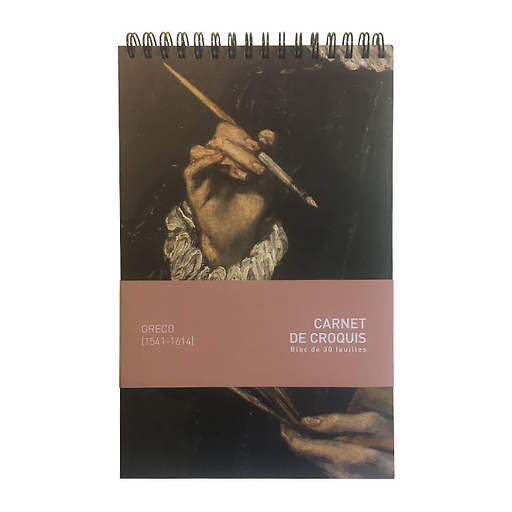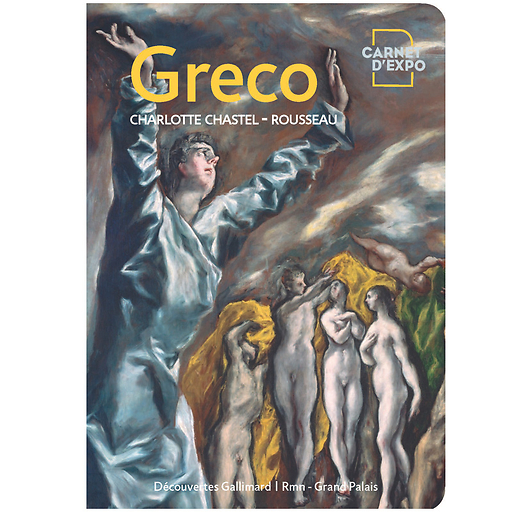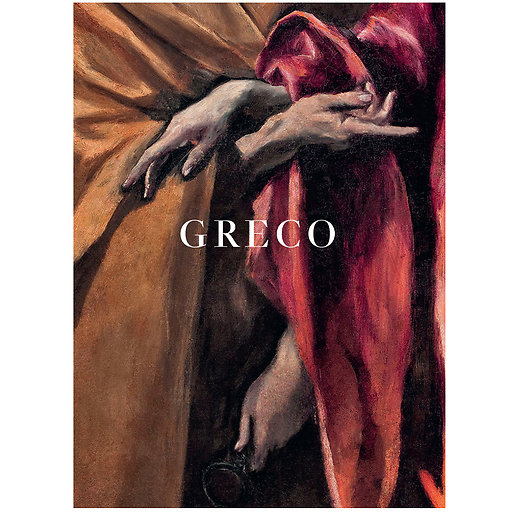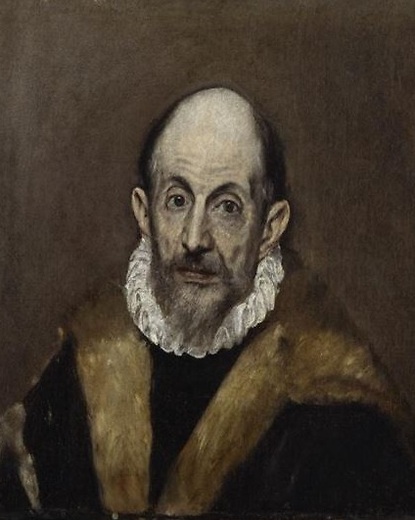Written in French.
We don't look at Greco at all like we look at Tintoretto, but much more like we're going to see Kandinsky, Chagall or Picasso. The avant-gardes of the 20th century were not mistaken. Authors as diverse as Apollinaire, Hemingway, Malraux, Cocteau and Théophile Gautier considered him...
Read more
Written in French.
We don't look at Greco at all like we look at Tintoretto, but much more like we're going to see Kandinsky, Chagall or Picasso. The avant-gardes of the 20th century were not mistaken. Authors as diverse as Apollinaire, Hemingway, Malraux, Cocteau and Théophile Gautier considered him a brilliant artist and wrote about his innovative work.
Because Greco enjoyed the dual prestige of tradition and modernity: capable of an eloquent and original synthesis, he imported into Spain in the 1570s the audacity of Tintoretto and Michelangelo's plastic strength. He is considered the last master of the Renaissance and the first great painter of the Golden Age. By approaching Greco from the angle of modernity and through literature, this journal insists on the painter's independence of approach, on his electric freedom and on the renewal of the plastic means he proposed in Toledo - a way of underlining the timelessness of this brilliant artist.
French language
24 pages / 40 illustrations
Co-publishing Rmn-Grand Palais / Louvre éditions
Close


